Are you ready for an exciting journey into the world of whitewater kayaking? Picture yourself in a cool kayak, gliding along a wild river full of twists and turns. You’ll feel the rush of excitement as you conquer fast rapids, navigate tricky obstacles, and experience the amazing power of nature up close.
But here’s a question on everyone’s mind: Is whitewater kayaking dangerous? Well, the truth is that it can be dangerous! It’s not a sport for the faint of heart.
It requires strength, agility, and a fearless spirit. Just imagine the adrenaline pumping through your body as you go down big waterfalls, steer through narrow spots, and ride giant waves that could flip your kayak.
Whitewater kayaking is all about pushing limits, overcoming challenges, and immersing yourself in the incredible beauty of nature.
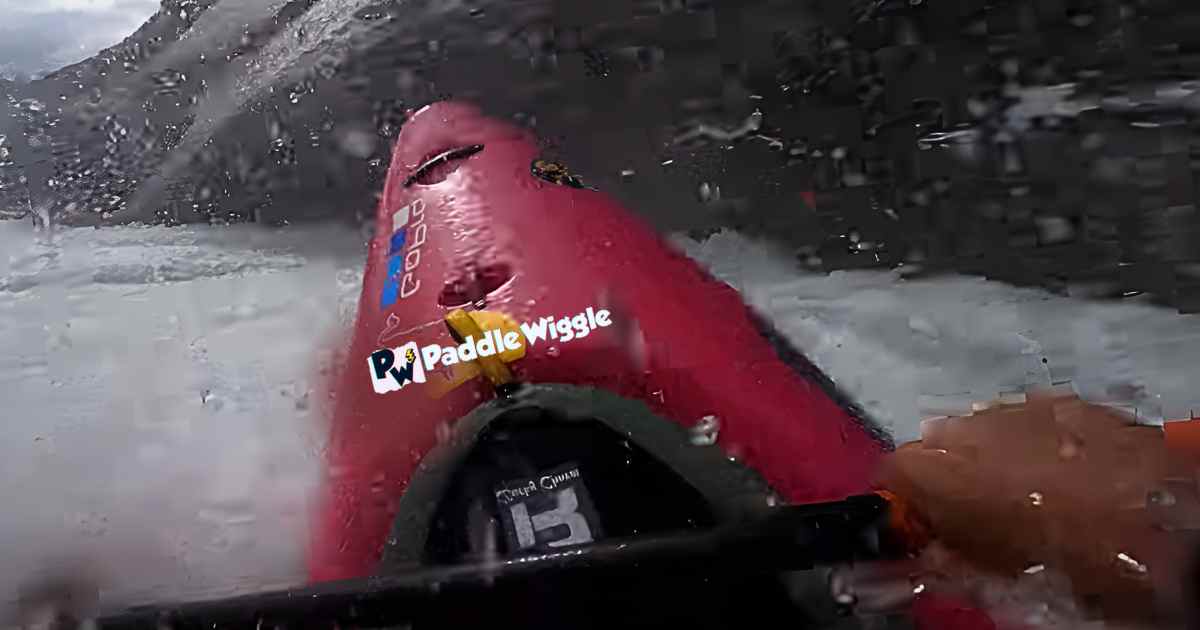
Contents
Why Whitewater Is SO Thrilling For Kayaking?
Whitewater kayaking is super thrilling, and there are a few reasons why it gets your heart racing! It feels incredible when you conquer tough whitewater environments like rapids or waterfalls!
The more you practice and learn different kayaking skills, the better you become at overcoming these challenges. Each time you successfully navigate through a rapid or master a new skill, you’ll feel so proud and accomplished.
It’s a thrilling journey that lets you test your abilities and push yourself to new limits.
Ronin D. Sullivan
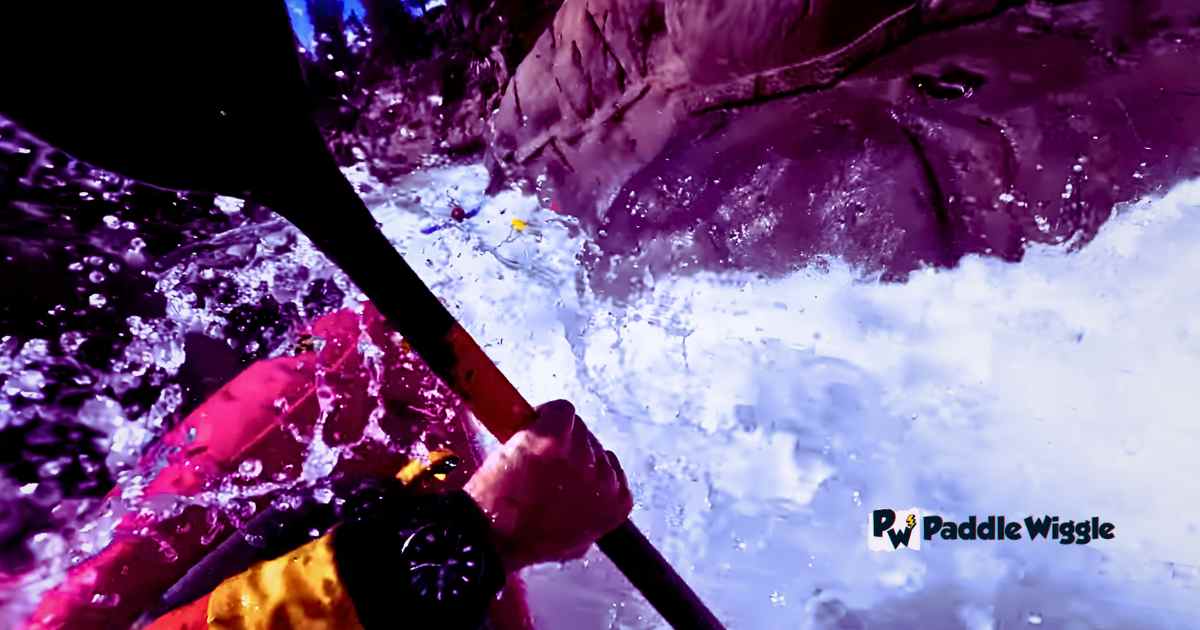

One of the best things about whitewater kayaking is exploring beautiful natural landscapes.
Let’s explore why whitewater kayaking is so thrilling.
The Thrill Of Riding Wild Rapids
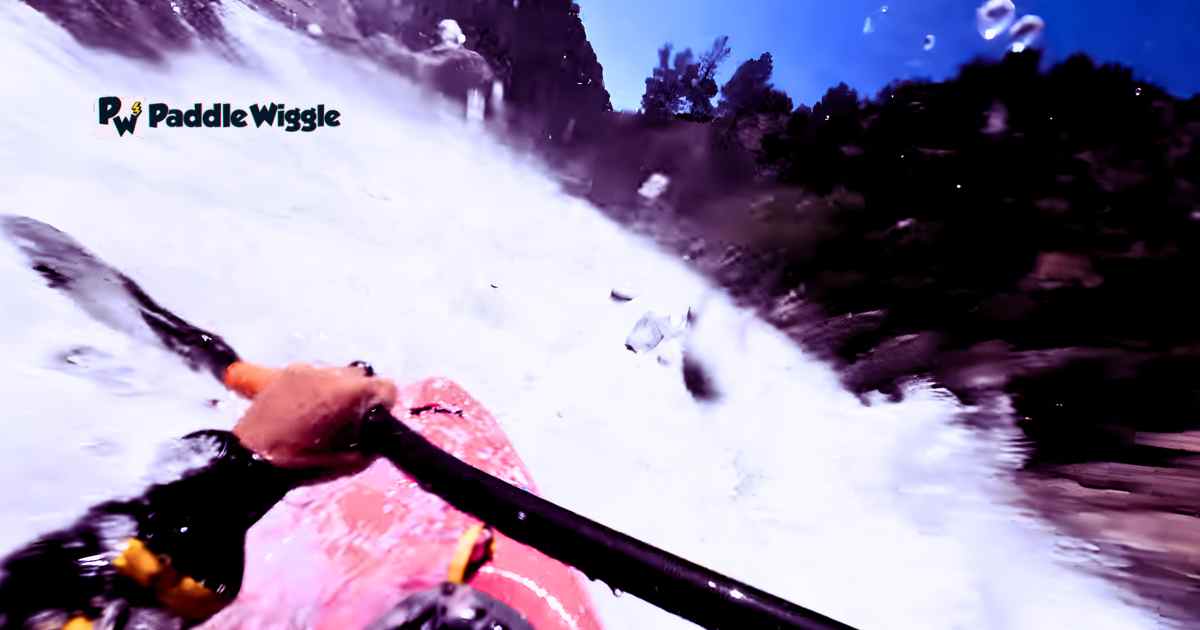

Imagine the exhilarating feeling of being on a roller coaster, but instead of sitting in a cart, you’re in a super cool kayak. As you glide down the river, you’ll encounter powerful rapids that create big waves and swirling currents.
You can hear the water rushing, feel the spray on your face, and experience the wilderness. These rapids rush you as you navigate through them, trying to stay balanced and in control.
It’s like being on a wild water ride, but you’re the one in charge!
Exploring Untouched Natural Landscapes
Whitewater kayaking lets you explore places that are usually off-limits to others. Rivers with rapids often flow through beautiful and untouched natural landscapes. Paddling through these scenic areas gives you a front-row seat to nature’s wonders.
You can see stunning waterfalls, majestic cliffs, and lush forests that are only accessible from the water. It’s like going on a secret adventure and discovering hidden gems!
Pushing Your Own Limits
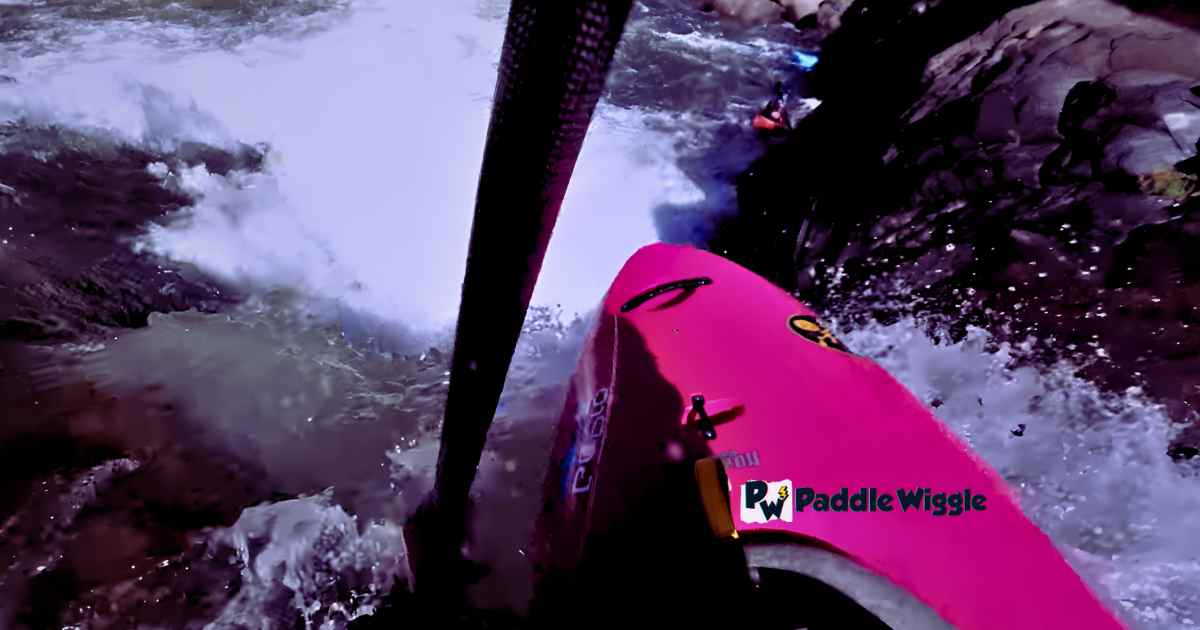

It is all about testing your skills and pushing your limits. It requires strength, balance, and quick thinking. As you progress in your kayaking journey, you’ll learn different techniques to navigate rapids and overcome challenges.
Each time you successfully conquer a rapid or master a new skill, you’ll feel incredible accomplishment and confidence. It’s like leveling up in a game but in real life!
Understanding The Inherent Dangers Of Whitewater Kayaking
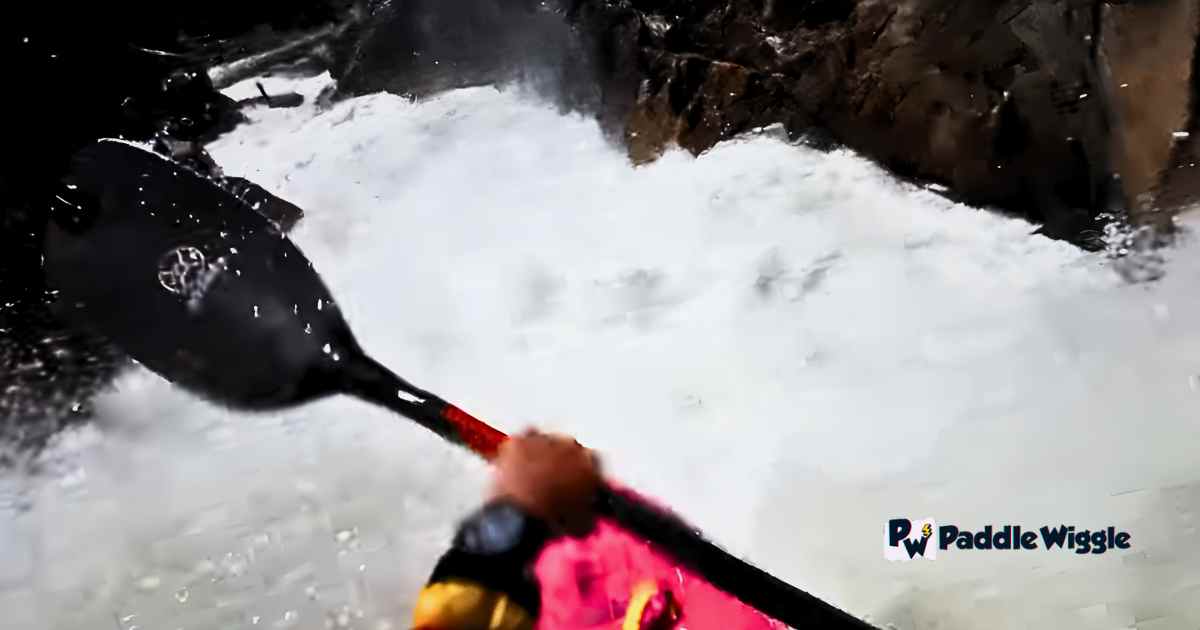

Whitewater kayaking is an exhilarating adventure sport that offers thrilling experiences. However, it’s important to critically examine and understand the inherent dangers that accompany this activity.
Let’s discuss these dangers:
Whitewater Rapids: The Power And Unpredictability
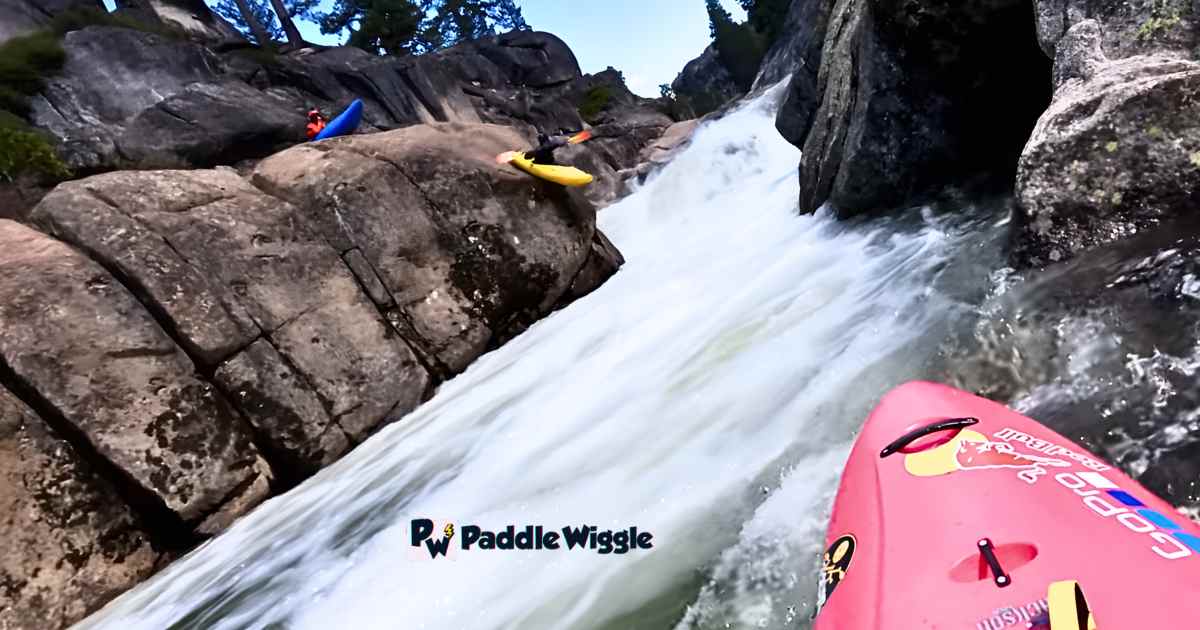

Rapids are like the roller coasters of rivers. They have strong currents that create big waves and swirling water. These rapids can be powerful and unpredictable, making them challenging for kayakers.
The water can change, sometimes flowing faster or slower, and this can make it difficult to navigate. It’s important to be prepared for these changes and know how to stay safe in rapids.
Hydraulic Hazards: Trapped In The Churning Waters
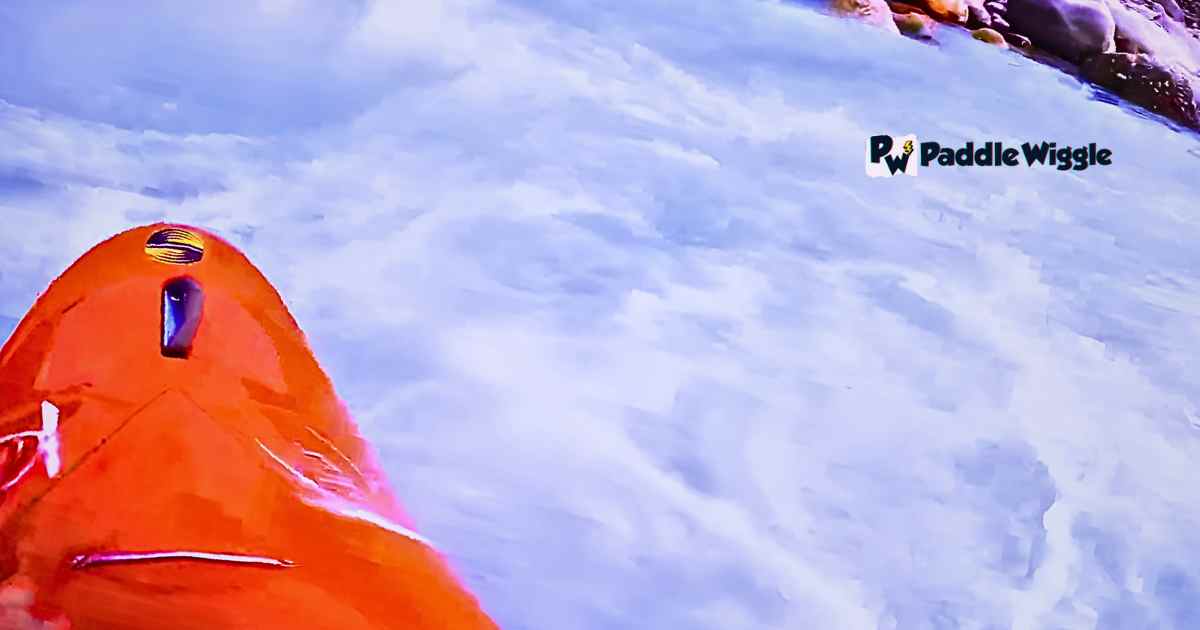

In some rapids, there are special water features called hydraulics. They’re like whirlpools or strong currents that can trap kayakers and pull them underwater. It’s essential to learn how to recognize these hazards and avoid them.
Knowing the right techniques and skills can help kayakers stay out of trouble and enjoy their adventure safely.
Submerged Obstacles: Collisions And Pinning Hazards
Sometimes there are rocks or fallen trees hidden beneath the water’s surface. If kayakers accidentally hit these obstacles, it can be dangerous and cause injuries.
There’s also a risk of getting stuck against an obstacle by the force of the current, which is called pinning. So it’s also important to be careful and navigate around these obstacles to stay safe while kayaking.
Cold Water And Hypothermia: A Silent Threat
The water in rivers can be very cold, especially in mountainous areas or during colder seasons. Falling into cold water for too long can make our bodies lose heat quickly, and that can lead to a condition called hypothermia.
Hypothermia is when our body temperature drops dangerously low, and it can make us feel very weak and confused.
To prevent this, it’s important to wear special clothing that keeps us warm in the water and pay attention to the temperature outside.
Changing Water Levels And Weather Conditions: Unpredictable Challenges
The level of the water in the river can change suddenly, and the weather can also become unpredictable. Sometimes heavy rain or storms can make the water rise quickly or create dangerous conditions. It’s crucial to check the weather forecast before going kayaking and be aware of any changes in the water level. If the conditions seem unsafe, waiting for a better time to go on your kayaking adventure is best.
Common Injuries Of Whitewater Kayaking
Whitewater kayaking is an exhilarating and challenging water sport that involves navigating rivers with strong currents, turbulent rapids, and various obstacles. While it offers an adrenaline rush and a deep connection with nature, it also comes with its fair share of risks.
Common injuries associated with whitewater kayaking include:
Drowning
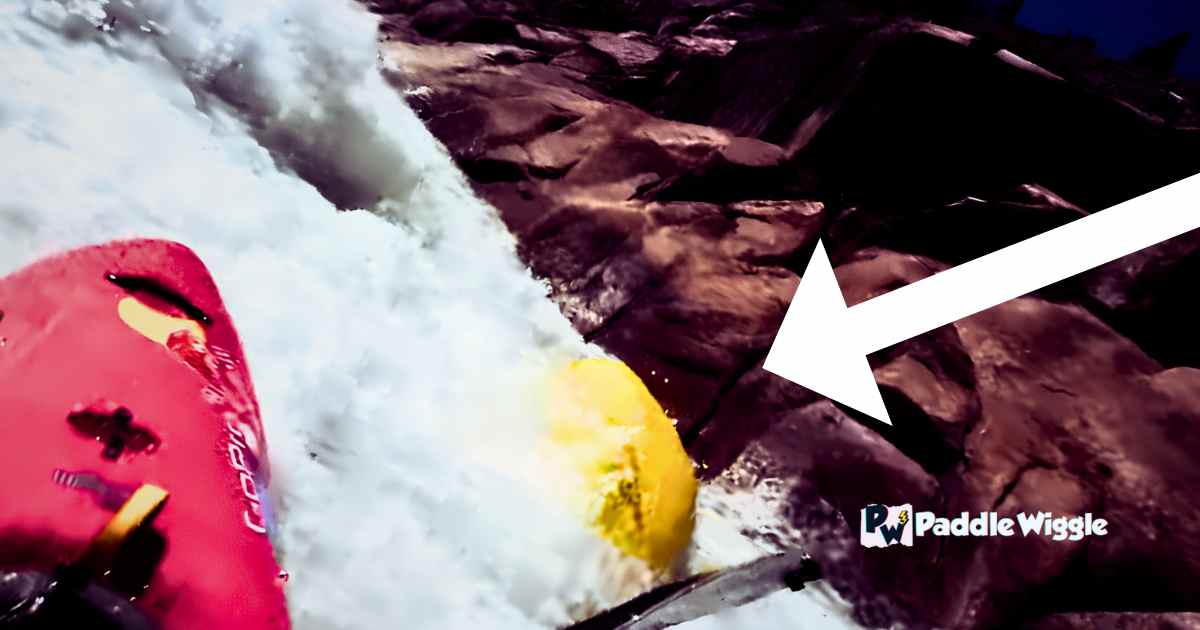

While kayakers wear personal flotation devices (PFDs) to help them float in the water, there is still a risk of drowning if they become trapped underwater or are unable to reach the surface.
Learning and practicing self-rescue techniques, such as rolling the kayak upright or exiting the kayak safely, is crucial to mitigate the risk of drowning.
Cuts And Bruises
When navigating through rapids, kayakers may encounter rocks, branches, or other objects in the water. These can cause cuts and bruises if the kayak or the kayaker comes into contact with them. It’s essential to be cautious and choose the right paths to avoid these obstacles.
Sprains And Strains
The physical demands of paddling and maneuvering through rapids can put a strain on the muscles and joints. Quick movements and changes in water currents can sometimes lead to sprained or strained muscles, particularly in the arms, shoulders, and back.
Proper warm-up exercises and maintaining good paddling techniques can help prevent these injuries.
Handling Risks and Ensuring Safety For Whitewater
Whitewater kayaking is an exciting and adventurous sport, but it’s important to prioritize safety to minimize risks and enjoy the activity responsibly.
Let’s explore how you can handle these risks and ensure safety:
Wear The Right Gear
Make sure to wear the proper safety gear when you go kayaking. A life jacket, also known as a personal flotation device (PFD), will keep you afloat if you fall into the water. It’s like having a superhero cape that keeps you safe!
And don’t forget to wear a helmet to protect your head from bumps and rocks.
Get The Right Training
Just like learning to ride a bike, getting proper training before kayaking is important. Find a qualified instructor who can teach you how to paddle correctly, read the river, and handle different situations.
They will be like your kayak superheroes, guiding you on how to be safe on the water.
Understand The River
Rivers can be tricky, so it’s important to understand them. Take a close look at the river before you start kayaking. Look for big rocks, fallen trees, and fast currents. These can be like obstacles in a video game, so you need to plan your route and avoid them.
Pay Attention To Hazards
Keep your eyes open for any hazards in the river. Rocks can be like big obstacles in your path, and strong currents can try to pull you away. Stay away from areas where the water looks really fast and dangerous.
By being aware of these hazards, you can steer clear of them and have a smoother kayaking adventure.
Know How To Help Yourself
Learning some important skills can make you a kayaking superhero! Practice how to get back into your kayak if you fall out and how to swim to safety. These skills will make you feel confident and strong, ready to handle any challenges that come your way.
Evaluating Thrills vs. Dangers – Is Whitewater Kayaking Worth It?
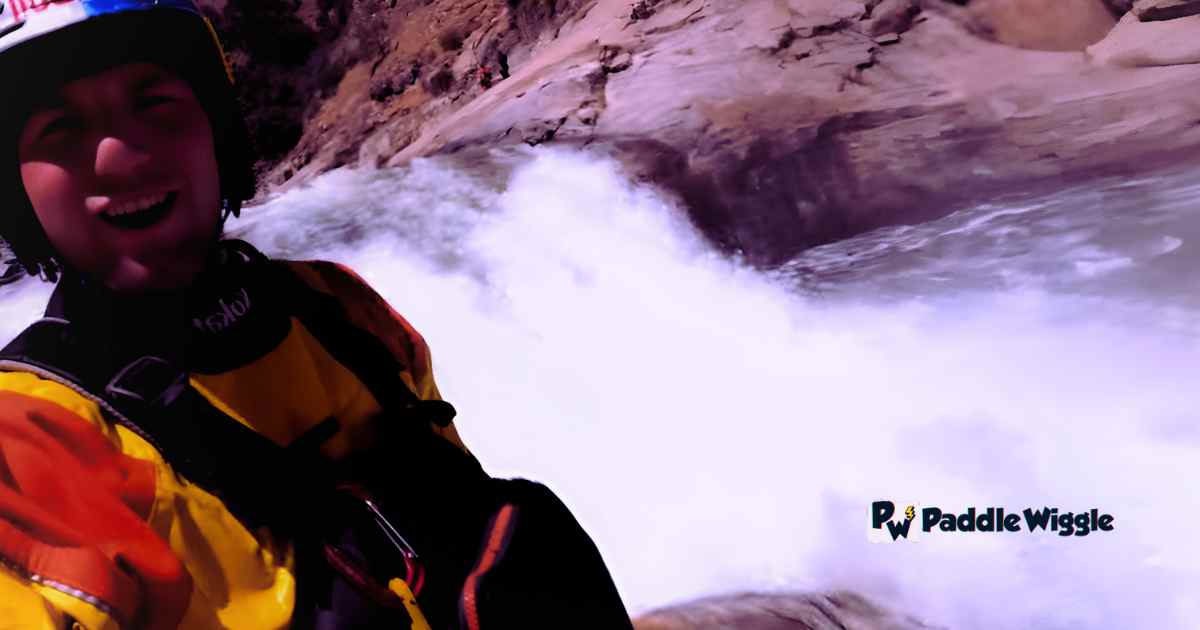

Imagine you’re standing at the edge of a vast river, watching as the water rushes by with incredible force. There are towering waves, swirling currents, and challenging rapids that beckon you with their thrill and excitement. And there are risks and dangers that come with the exhilaration of whitewater kayaking.
So, is whitewater kayaking worth it?
It’s a personal decision! Like any other adventure, it depends on your comfort level and willingness to take risks!
Some people are drawn to the thrill, the challenge, and the sense of accomplishment that comes with whitewater kayaking. They’re willing to put in the effort and take precautions to make it a safe and enjoyable experience.
Others may prefer a different kind of adventure, like enjoying other candies or engaging in different sports. And that’s perfectly okay! It’s all about finding the activity that suits your interests and comfort level.
So, if you’re up for the challenge and willing to take on the adventure and put in the effort, then whitewater kayaking might just be worth it for you.
Personal Responsibility and Risk Assessment For Whitewater
When it comes to engaging in whitewater activities, such as kayaking, personal responsibility, and risk assessment are vital elements for ensuring safety and enjoying the adventure to the fullest.
Whitewater environments can be exhilarating and challenging, but they also come with inherent risks that require careful consideration and preparation.
Personal Responsibility
Personal responsibility means taking ownership of your actions and choices. In the context of whitewater kayaking, it involves understanding that you are accountable for your safety and the safety of others.
Before embarking on a whitewater kayaking adventure, it’s important to honestly assess your own abilities and experience.
Ask yourself the following questions:
- Do I have the necessary skills to handle the challenges of whitewater kayaking?
- Have I practiced in calm waters and learned basic techniques?
- Do I have the strength and endurance to paddle in fast-moving currents?
- Am I comfortable in the water and know how to swim?
Here are key aspects of personal responsibility to keep in mind:
Skill Development
Acquiring the necessary skills and knowledge is crucial before venturing into whitewater kayaking. Taking lessons from certified instructors, learning rescue techniques, and practicing in controlled environments are essential steps in building proficiency.
Physical Fitness
Maintaining good physical fitness is important for whitewater kayaking. Regular exercise and strength-building activities can help enhance your stamina, balance, and agility, allowing you to better navigate the challenges of the river.
Risk Assessment
Before embarking on a whitewater adventure, a comprehensive risk assessment is necessary to evaluate the potential hazards and make informed decisions. Here are key factors to consider:
River Classification
It is crucial to understand the classification system used to categorize rivers based on their difficulty and intensity. This system helps paddlers assess their skill level and choose appropriate sections of the river that match their abilities.
Water Conditions
Assessing the water conditions, including flow rate, water level, and temperature, is essential for evaluating the potential risks. High water levels, cold temperatures, and strong currents can significantly impact the difficulty and safety of the journey.
Weather Forecast
Monitoring weather forecasts and being aware of potential changes in weather conditions is crucial. Sudden storms, high winds, and rapid changes in temperature can pose significant risks to the water. It’s important to avoid kayaking during severe weather events and plan accordingly.
Group Dynamics
If kayaking in a group, it’s important to assess all participants’ capabilities and experience levels. Ensuring everyone is adequately skilled and equipped for the planned adventure helps maintain a safe and cohesive group dynamic.
Emergency Preparedness
Being prepared for emergencies is essential in whitewater kayaking. Carrying a communication device, knowing rescue techniques, and understanding first-aid procedures are important for managing potential risks and responding to unforeseen situations.
Who Can Master The White Waters?
Whitewater kayaking is not for the faint of heart. It requires a unique combination of physical abilities, mental preparedness, and a spirit of adventure. The question remains, who can truly harness the dangers of whitewater kayaking?
One must possess certain qualities and skills to tackle the challenges of whitewater kayaking. Let’s explore some key attributes:
Technical Skills And Expertise
Mastering whitewater kayaking requires a range of technical skills and expertise. Paddlers must learn various paddle strokes to maneuver their kayak effectively. They develop the ability to read the flow of the river, identifying hazards and choosing the best path. These skills come with experience and training.
Knowing How To Self-Rescue
Knowing how to self-rescue is crucial in case of sinking or capsizing in turbulent waters. Expert kayakers learn rescue techniques to help themselves and others in need.
They understand the importance of wearing proper safety gear, including helmets and life jackets, to minimize the risks associated with whitewater kayaking.
Physical Fitness And Agility
Whitewater kayaking demands physical strength, stamina, and agility. Those who can harness the dangers of this sport are individuals who maintain a good level of fitness. Strong core muscles, arm strength, and cardiovascular endurance are essential for maneuvering through rapids, bracing against powerful waves, and rolling back up after capsizing.
Mental Preparedness And Focus
Successful whitewater kayakers possess a focused and resilient mindset. They understand the inherent risks involved and are mentally prepared to face unexpected challenges. They are adaptable and quick thinkers, able to make swift decisions in high-pressure situations. Mental toughness, concentration, and the ability to stay calm under pressure are crucial attributes.
How Dangerous Is Whitewater Kayaking?
Whitewater kayaking can be dangerous. The level of danger can vary depending on factors such as the difficulty of the rapids, water conditions, and the paddler’s skill and experience.
The powerful currents and unpredictable nature of whitewater rapids pose inherent risks. Rapids can have strong waves, swirling currents, and submerged obstacles that can potentially capsize a kayak or cause injury.
The force of the water can be challenging to navigate, and getting caught in hydraulic features like recirculating currents or “holes” can be dangerous.
What Are The Risks Of Kayaking?
While it offers excitement and thrills, there are risks associated with whitewater kayaking. The most common risks of whitewater kayaking are powerful currents, wild rapids, cold water, hypothermia, rocks, and submerged obstacles.
Is Whitewater Kayaking More Dangerous Than Rafting?
Whitewater kayaking and rafting are both risky activities. But whitewater kayaking is generally considered more dangerous than rafting.
The main reason is that kayakers ride in individual kayaks and have direct control over their movements. They need to make quick decisions to navigate through tricky rapids. Since they are closer to the water, there is a higher chance of tipping over, getting stuck, or hitting obstacles.
Rafting, on the other hand, involves larger inflatable rafts with several people.
This makes the raft more stable, and everyone shares the responsibility of controlling it. Plus, rafting trips are often led by experienced guides who provide instructions and ensure safety.
Final words
To sum up, whitewater kayaking is an exciting and thrilling adventure that many people enjoy. It gives you an adrenaline rush and lets you conquer the strong forces of nature. But it’s important to remember that it can be dangerous too.
The rapids in the river can be unpredictable, and there are risks like strong currents, hidden obstacles, cold water, and changing weather that you need to be careful about. Taking these risks seriously and being prepared to stay safe while having fun is essential.



